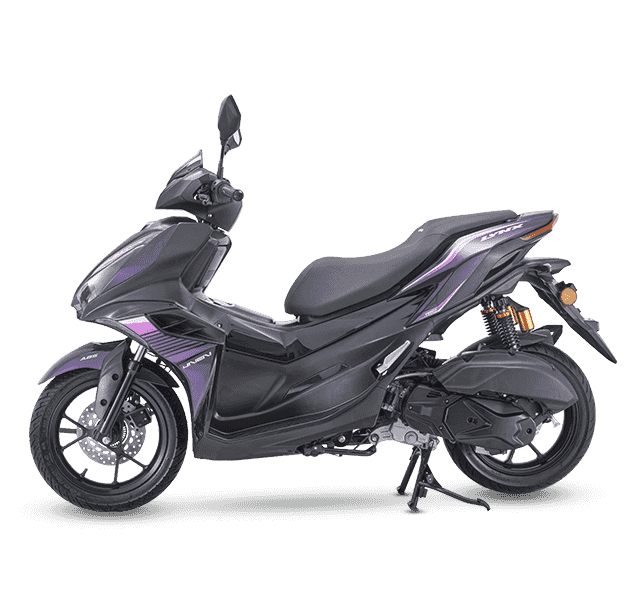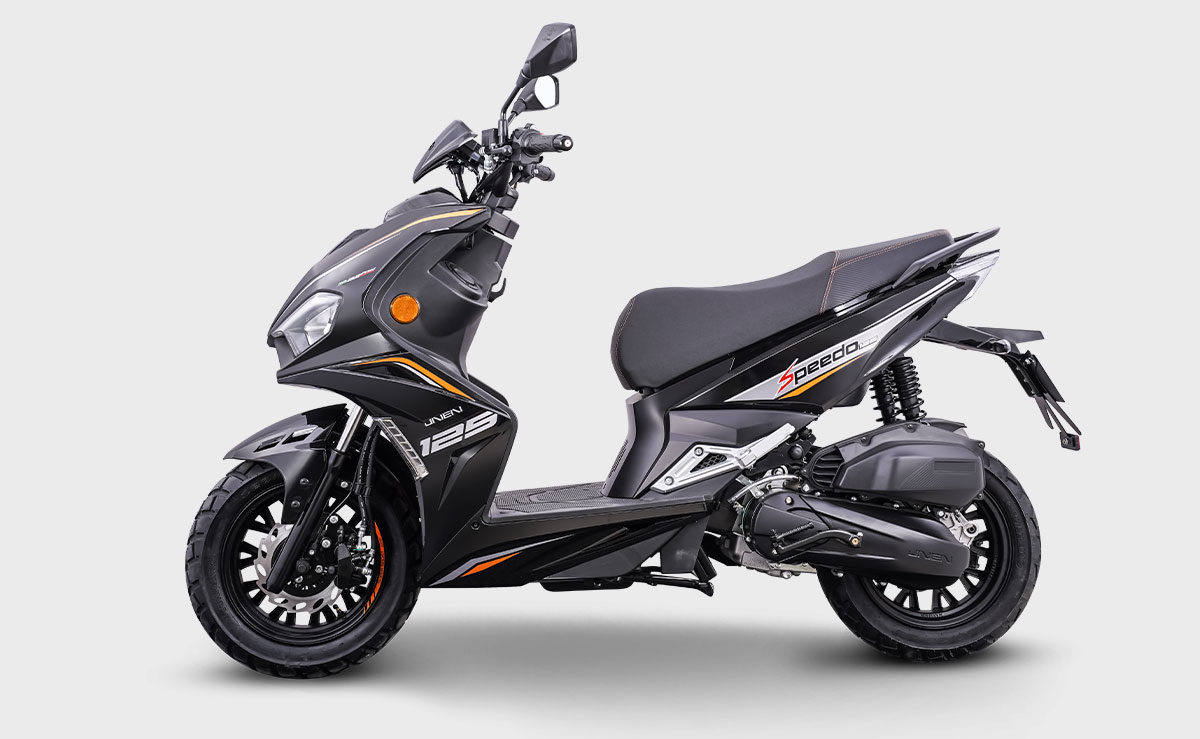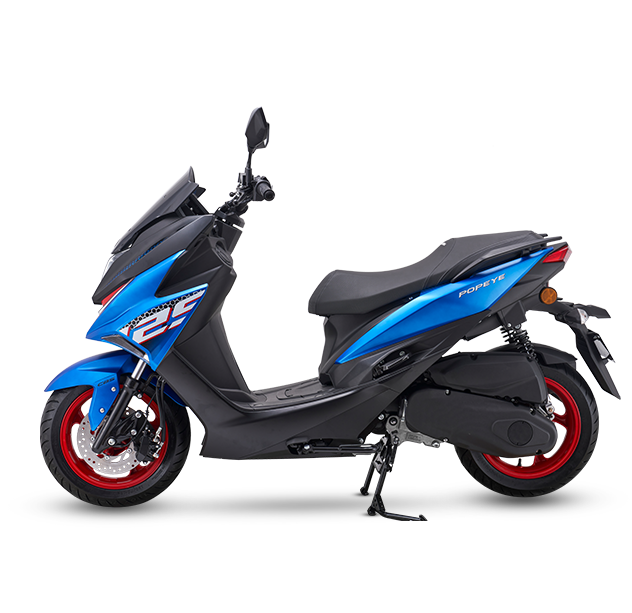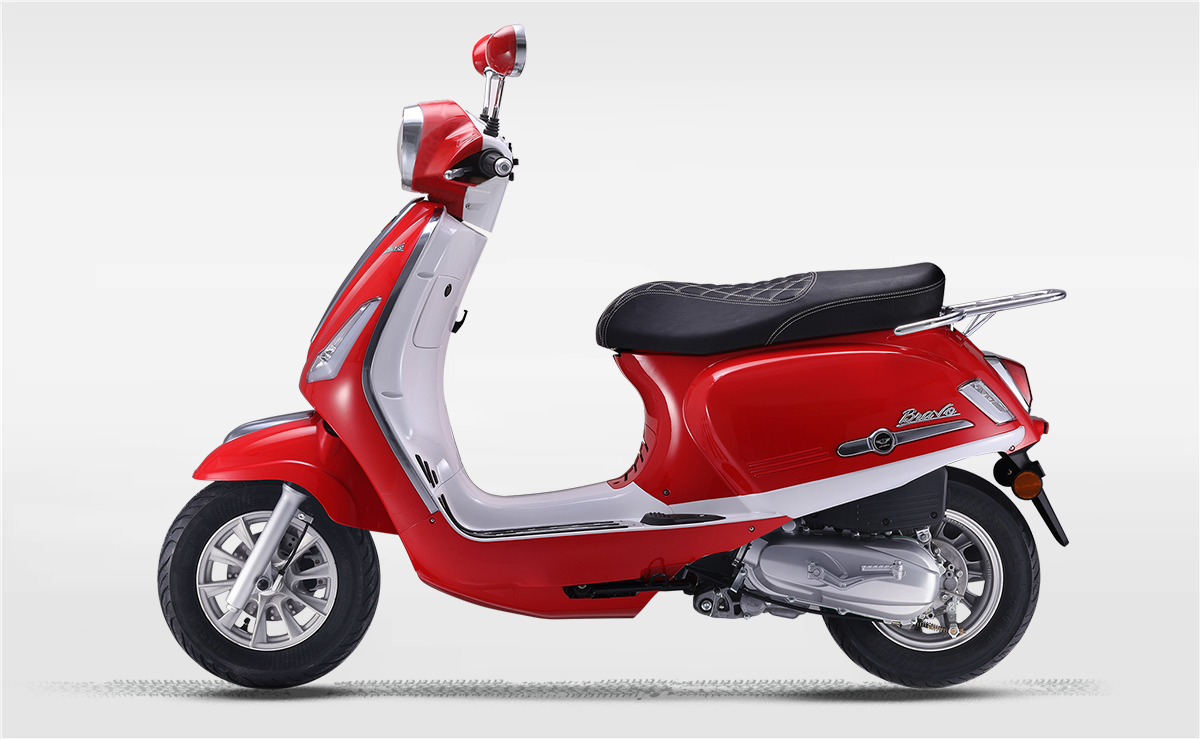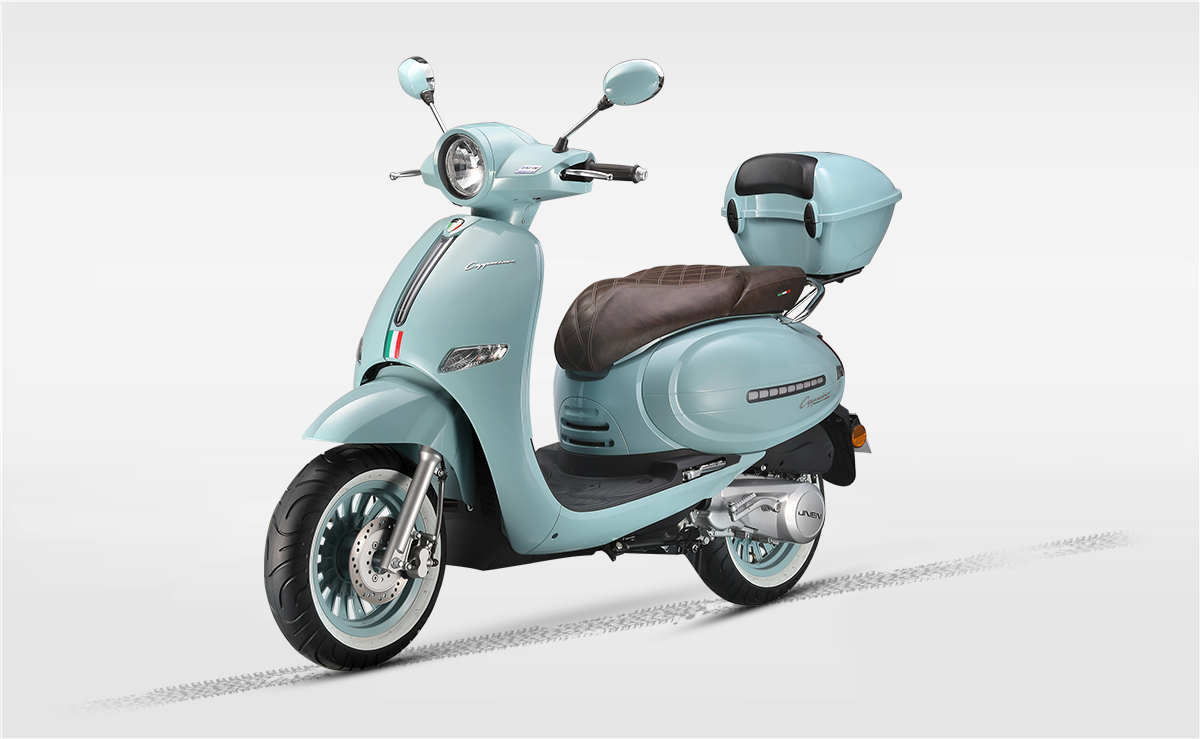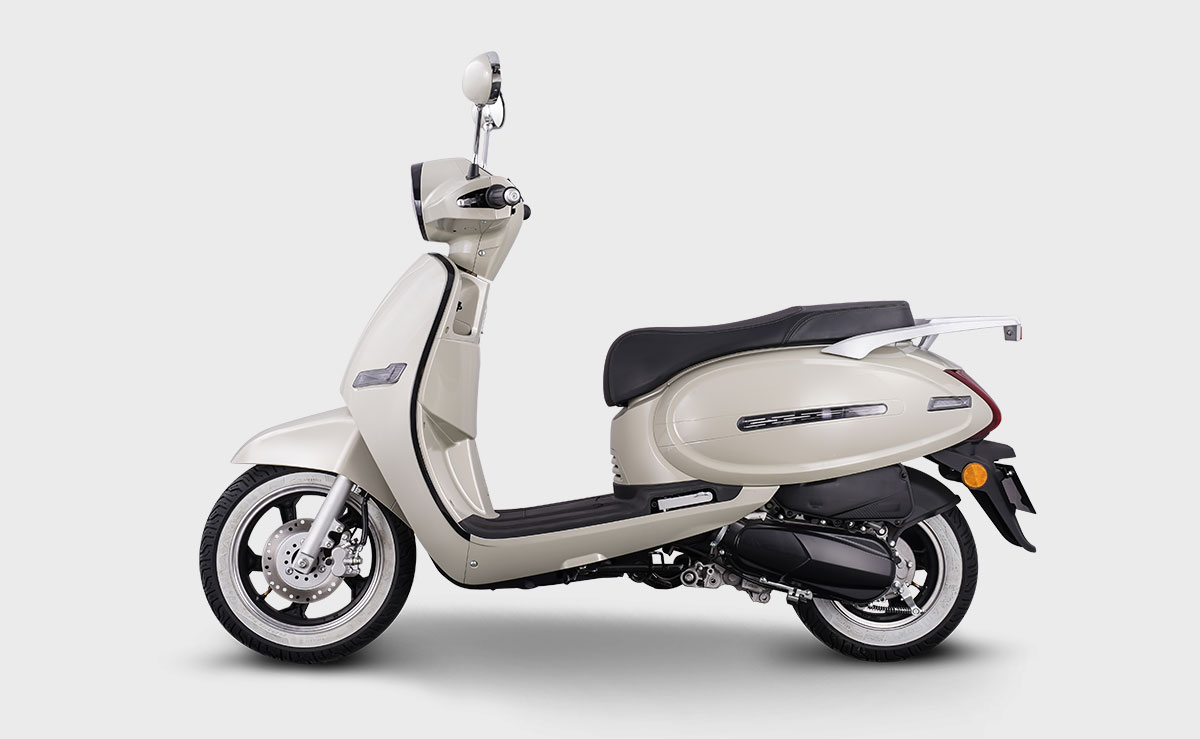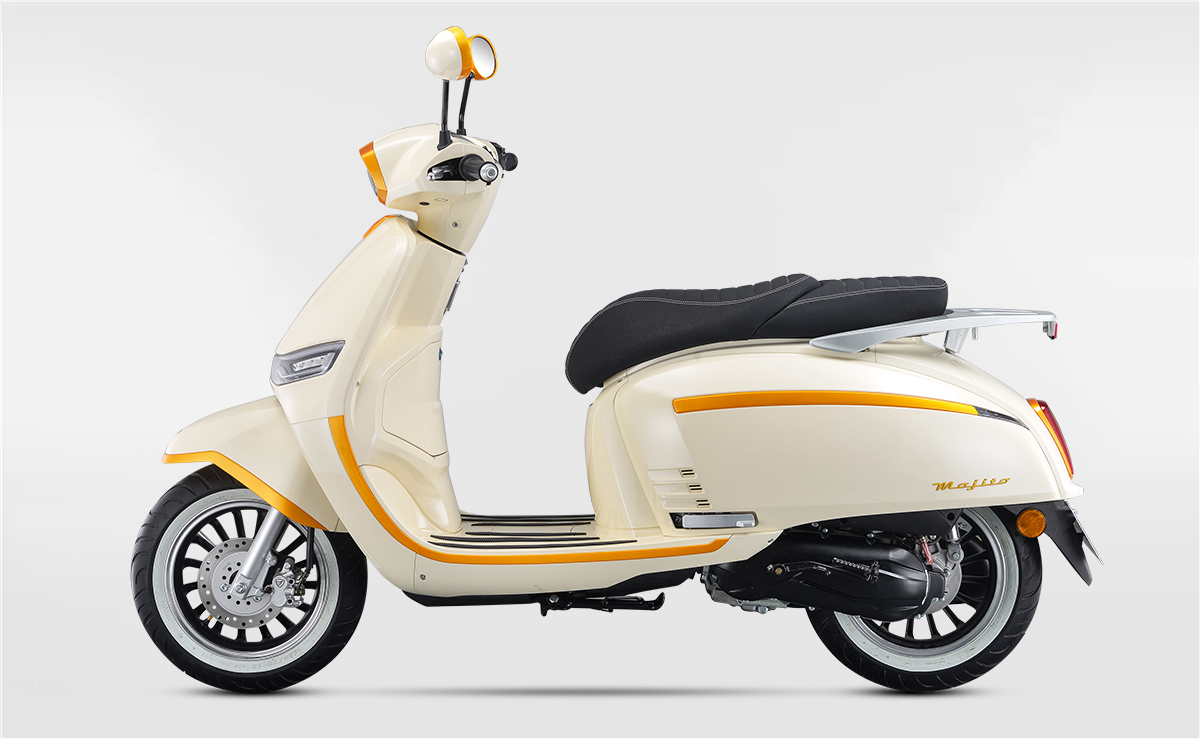Long-Term Structural Integrity of Electric Scooter Tail Boxes
Electric Scooter Tail Boxes are essential accessories that provide secure storage for daily commuting or errands. While they are designed to be durable, a common concern among users is whether prolonged use may cause cracking or deformation. Over time, exposure to mechanical stress, environmental factors, and repeated handling can compromise the structural integrity of the tail box. Understanding the causes and mechanisms behind these issues is critical for both manufacturers aiming to improve design and consumers seeking reliable storage solutions.

Material Properties and Long-Term Performance
The susceptibility of a tail box to cracking or deformation largely depends on the materials used in its construction. High-quality plastics such as ABS, polycarbonate, or reinforced polymer blends are commonly chosen for their toughness and flexibility. These materials are designed to absorb impact without fracturing and to return to their original shape after minor stress. However, prolonged exposure to sunlight, temperature fluctuations, or chemical contaminants can degrade the polymer, making it more brittle and prone to cracks. Reinforced composites or thicker wall sections are often implemented to enhance durability and prevent deformation under repeated use.
Impact of Environmental Factors
Environmental conditions play a significant role in the long-term stability of a tail box. Continuous exposure to UV radiation can weaken the polymer chains, causing fading, brittleness, or surface cracking. Similarly, heat may cause expansion and softening, while cold temperatures can make the material more rigid and susceptible to fracture. Moisture, road salts, and pollutants may also contribute to gradual material degradation. Manufacturers often address these challenges by incorporating UV stabilizers, corrosion-resistant components, and water-resistant seals to maintain performance over the life of the tail box.
Design and Structural Considerations
The structural design of a tail box is equally important in preventing cracks and deformation. Features such as reinforced corners, ribbed surfaces, and uniform wall thickness help distribute stress evenly throughout the structure. Tail boxes with poorly designed stress points or thin walls are more likely to deform under load or crack during minor impacts. Additionally, proper hinge placement and locking mechanisms ensure that repeated opening and closing do not create concentrated stress that could cause structural failure. A well-engineered design balances weight, storage capacity, and durability to withstand everyday wear and tear.
User Practices and Maintenance
Even with robust design and materials, user habits can influence the longevity of a tail box. Overloading beyond the recommended weight limit, frequent high-impact collisions, or improper mounting can accelerate wear and cause deformation or cracks. Routine maintenance, such as cleaning to remove dirt and debris and inspecting hinges and locks for wear, can prevent minor issues from escalating. Educating users on proper handling and care is essential to ensure that the tail box retains its integrity throughout extended use.
Long-term cracking or deformation of Electric Scooter Tail Boxes is influenced by a combination of material properties, environmental exposure, structural design, and user practices. By selecting durable materials, implementing thoughtful design features, and promoting proper maintenance, manufacturers can decrease these risks and ensure that tail boxes remain functional and reliable over time. For users, adhering to recommended weight limits and handling procedures further extends the service life of these storage solutions, providing safe and convenient utility for years of everyday use.
 Maroc
Maroc



 English
English 中文简体
中文简体 Español
Español